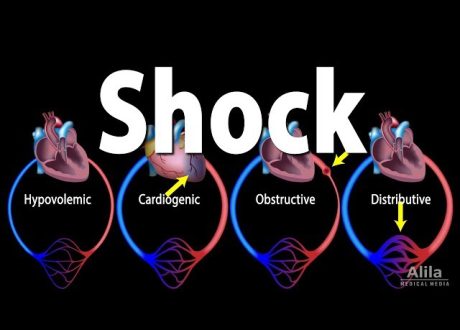Written by Seth Walsh-Blackmore
Spoon Feed
Implementation of ED sepsis teams to organize providers and coordinate initiation of sepsis care bundles reduced in-hospital mortality and improved time metrics in patients diagnosed with sepsis, but not those with severe sepsis or septic shock.
Why does this matter?
Early identification and treatment is a crucial component of the Surviving Sepsis Campaign, with a strong recommendation in the recently updated guidelines for continuous improvement in programs within hospitals to screen and treat septic patients. This study demonstrates an example of such a program. How did it perform?
Back up your bundle
This was a single tertiary center retrospective study of 1,188 adult ED patients with a primary diagnosis of sepsis, severe sepsis or septic shock before and after implementing a “sepsis team” protocol. Patients were candidates for sepsis team activation if they met 2 or more SIRS criteria and had a suspected or confirmed infectious source. The EMR generated an alert for sepsis consideration when 2 SIRS criteria were present, followed by a checkbox to consider the sepsis 3-hour care bundle per the 2016 surviving sepsis guidelines. If the bundle was initiated, a “sepsis team” response was called for the patient, bringing the assigned physician or APP, RN, and pharmacist to the bedside for a team huddle. The huddle was to organize key team members for initiation of the care bundle and identify and to address potential barriers to implementation.
Data were collected from one year before and after protocol implementation and with a six-month washout period in between. There were 533 and 635 in pre- and post-protocol groups, respectively. Overall, sepsis was the diagnosis in 72.6%, severe in 13%, and shock in 14.4%, with no significant difference between groups in this distribution or morbidity index. In those with sepsis, there was an adjusted odds ratio of 0.44 (95% CI 0.31-0.63) for in-hospital mortality in the post-implementation group. Post-implementation, the median differences (in minutes) were: antibiotic administration (-19), disposition (-45), admission (-48), and ED departure (-43); all were significantly lower in patients with sepsis. A significant decrease in mortality and time metrics was not observed in those with severe sepsis and septic shock.
This highlights early recognition and care initiation as perhaps the most critical component of sepsis treatment. I love the idea of getting the team together ASAP to establish accountability and identify barriers. I would like to see a follow-up study reporting the protocol compliance rate and logistical issues the institution encountered with this protocol and a discussion of challenges to implementation at centers with fewer resources.
Source
Improved hospital mortality rates after the implementation of emergency department sepsis teams. Am J Emerg Med. 2021 Oct 25;51:218-222. doi: 10.1016/j.ajem.2021.10.035. Online ahead of print.










